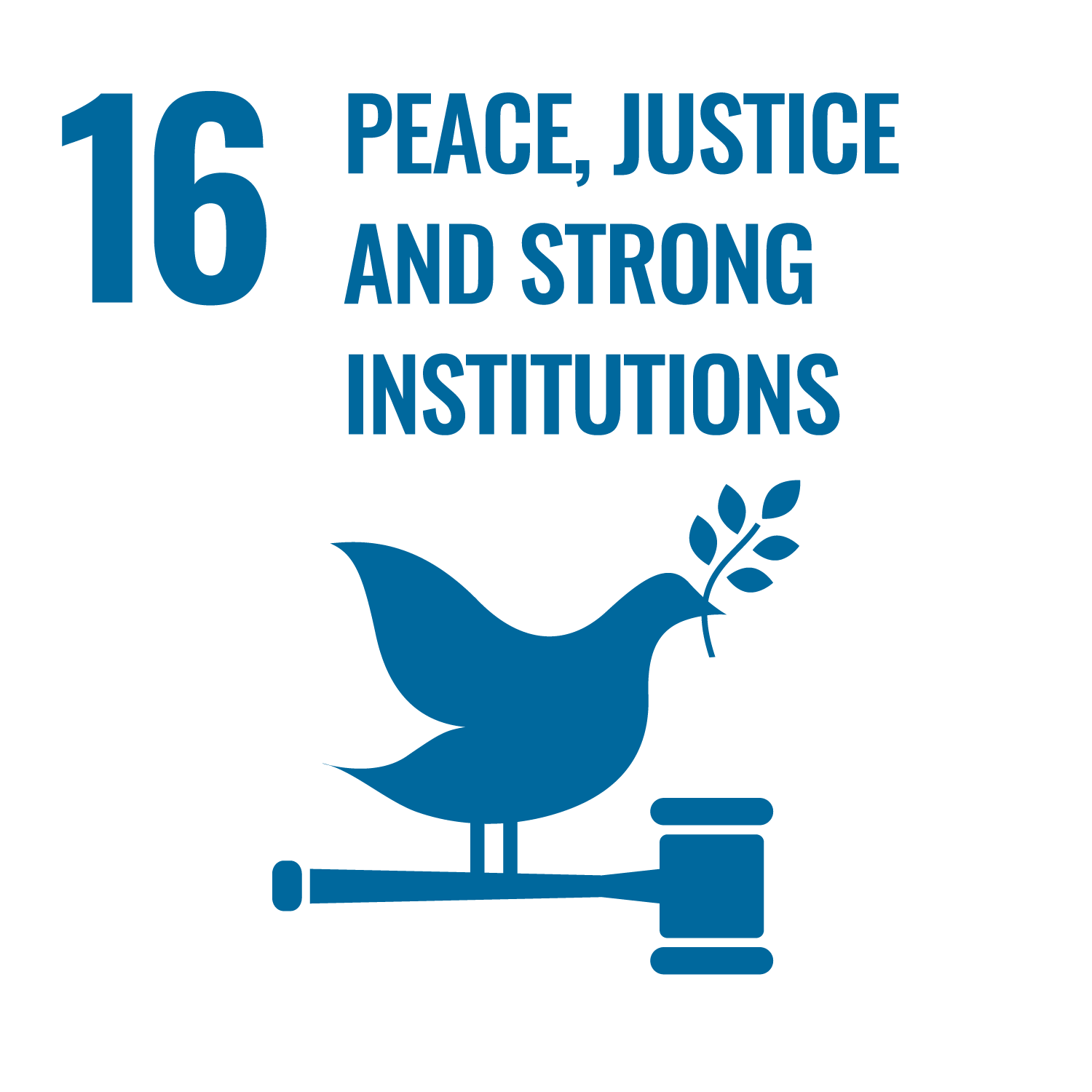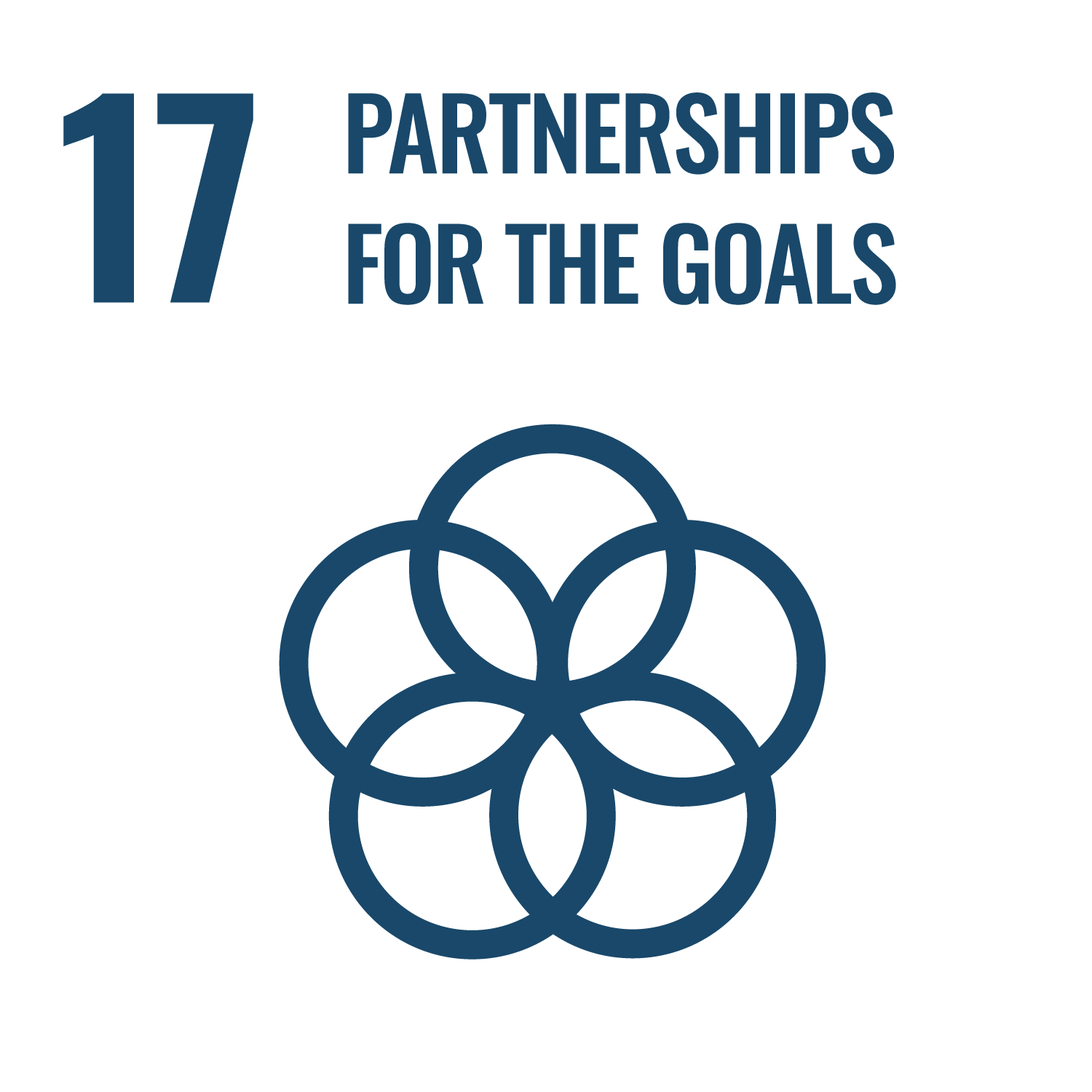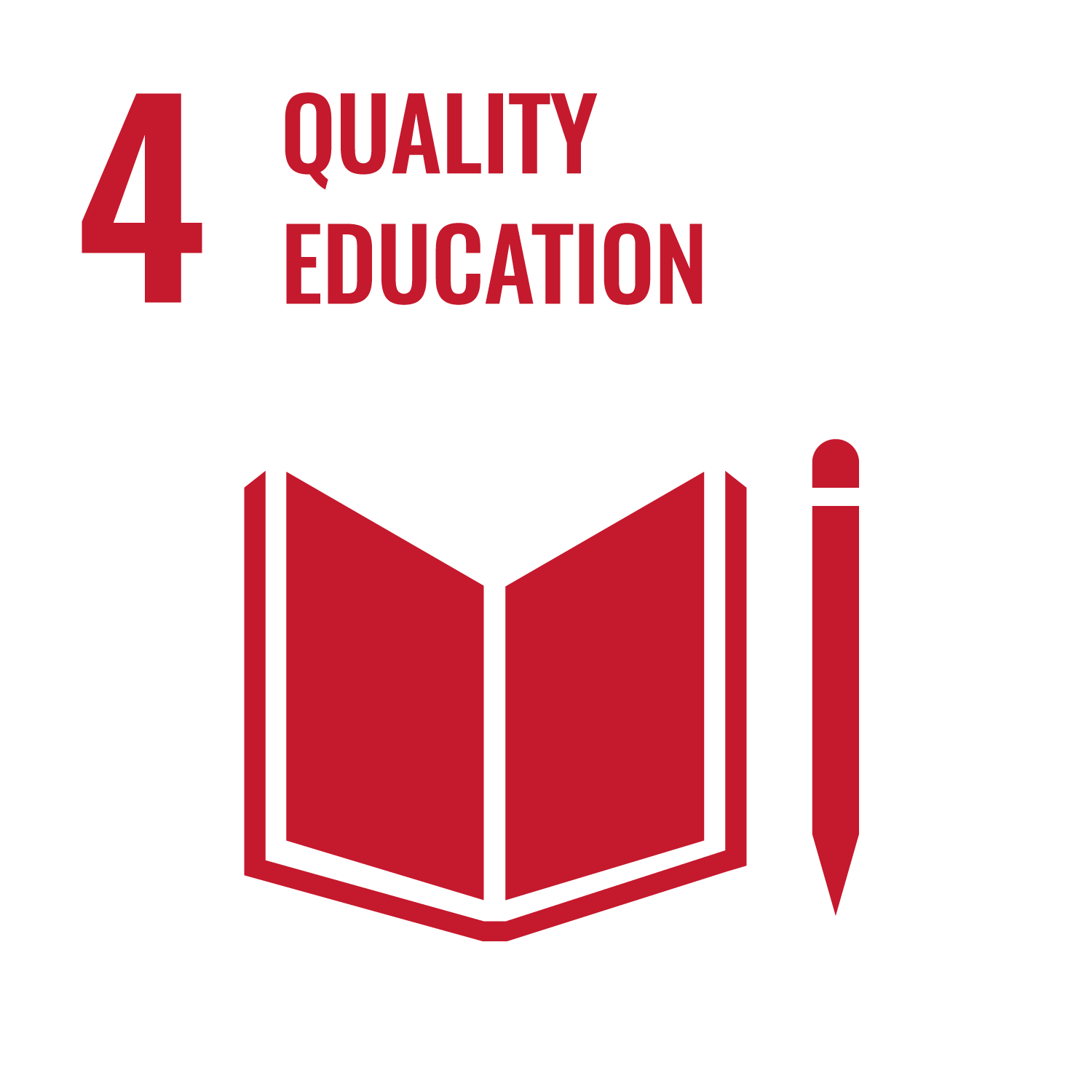NEWS
The Bahraini Press Highlights the Positive Roles of Bahraini Female Parliamentarians
A Study by Master’s Student in Mass Communication, Wafaa Al-Thawadi:
The Bahraini Press Highlights the Positive Roles of Bahraini Female Parliamentarians
A scientific study at the University of Bahrain (UoB) found that the Bahraini press often talks about the positive role of women in the Shura and Representatives Councils, and rarely takes a negative approach in covering the role of female members of both councils.
The study was conducted by the student in the master’s program in media, Wafaa Mohammed Al-Thawadi, which showed the Bahraini press’s interest in topics that demonstrate women’s legislative and regulatory role, calling on newspapers at the same time to find specific editorial policies that ensure highlighting women’s performance in the two councils and their success stories, through diversifying the forms of journalism that address such role, and to feature it in the first pages.
The thesis titled “The Bahraini Press Framing the Role of Women in the Shura and Representatives Councils During the Fourth Legislative Term 2014-2018 – An Analytical Study” came as one of the requirements for obtaining a master’s degree in media.
Moreover, Al-Thawadi said: “The study aimed to demonstrate the extent to which the Bahraini press contributes to highlighting the role played by Bahraini women in decision-making through their membership in the Shura and Representatives Councils, and to promote the progress achieved by women in this field.”
A scientific committee had recently discussed the researcher in her thesis, which consisted of Assistant Professor of Media in the Department of Media, Tourism, and Arts at UoB Dr. Adnan Jassim Bumeatea as a supervisor, Professor of Journalism and Media in the same department Prof. Dr. Ashraf Mahmood Saleh as an internal examiner, and Professor of Media at Kuwait University, Dr. Munawer Al-Rajhi as an external examiner.
Furthermore, Al-Thawadi indicated the importance of the thesis topic in light of the attention paid by the wise leadership in the Kingdom of Bahrain to Bahraini women political participation, and the national interest expressed by the Supreme Council for Women headed by Her Royal Highness Princess Sabeeka bint Ebrahim Al Khalifa, spouse of the King of the country, as part of the National Plan for the Advancement of Bahraini Women (2013-2022), which included an emphasis on the importance of the media in influencing society’s knowledge and awareness of the various issues surrounding it, including women’s political empowerment, and the importance of devoting media to raise the level of societal conviction of the feasibility and impact of women’s participation as a member of the legislative authority, and sustaining the media discourse in support of women.
Also, within a set of its proposals and recommendations, the thesis called to intensify specialized research studies that show the role of the media in highlighting the role of Bahraini women in the decision-making process, in line with the recommendations of the National Plan for the Advancement of Bahraini Women adopted by the Supreme Council for Women, and the sustainability of specialized training courses that keep pace with the development in the field of parliamentary media, directed at media professionals and members of the Shura and Representatives Councils alike, with the focus of these courses on the media approach to the role of women in the Shura and Representatives Councils, and their participation in the decision-making process, in addition to several other recommendations.
The study examined the fourth legislative term of the parliamentary session from 2014 to 2018, and relied on a content analysis tool for the editorial materials published in the newspapers under study throughout the legislative term under study, according to a regular random sample, to show the characteristics of content and form in newspapers for the role of women in the two councils, as well as the mental and emotional formation tools used by these newspapers, their use of journalistic forms, the sources, the treatment directions they took, and the coverage size and location.












